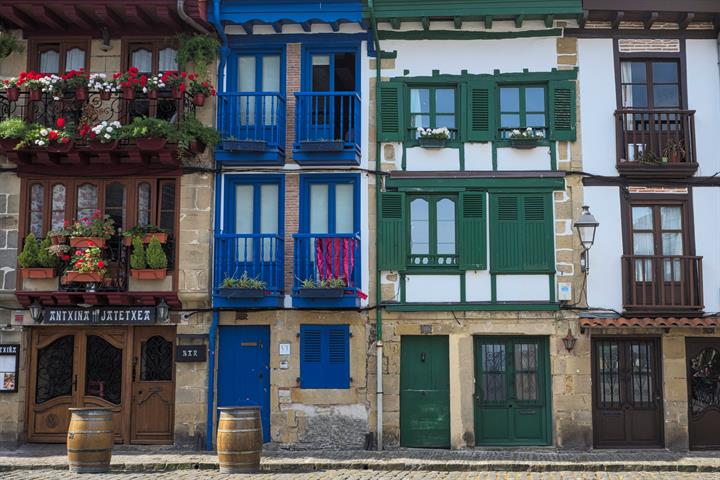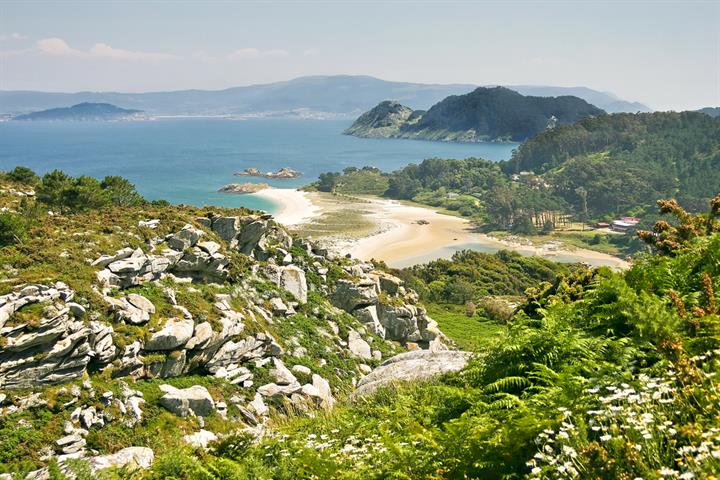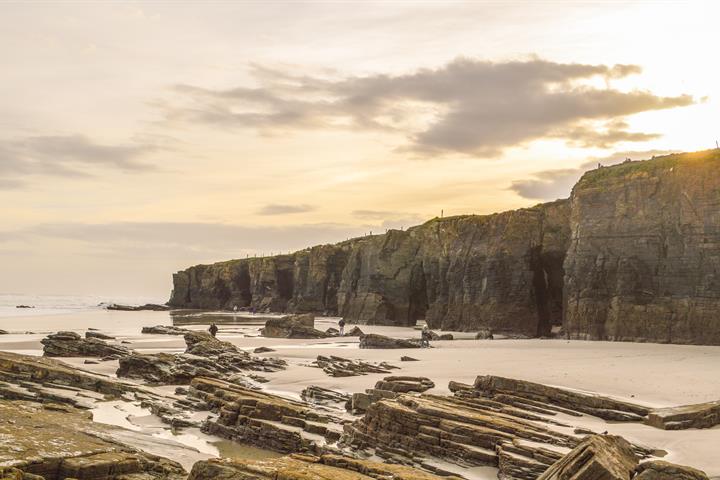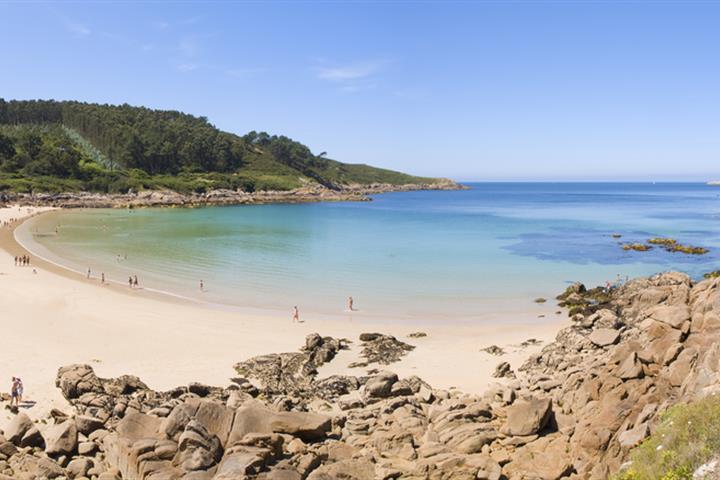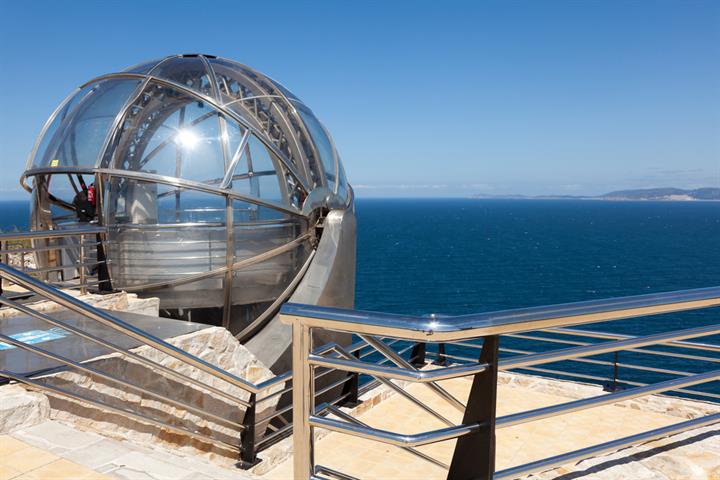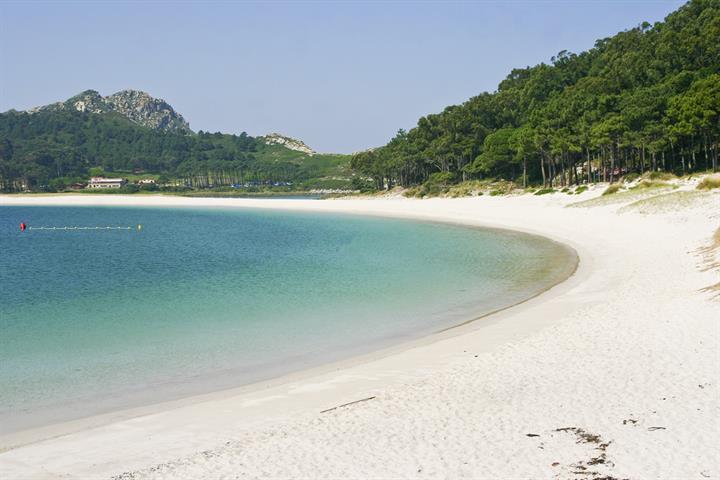Coruña reiseinformasjon og video
Ferieinformasjon, fakta, bilder og video om Coruña
Featured ferieboliger i Spania
Ting å gjøre mens du er der
Vurderinger for Coruña
Gjennomsnittlig vurdering - Basert på 5 vurderinger.
By
Kyst
| By: | |
| Kyst: |
Sendt inn av: Montserrat
26.08.2019
Denne anmeldelsen er på Spansk
Denne anmeldelsen er på Spansk
Rapporter misbruk
Du fant dette fornærmende
| By: | |
| Kyst: |
Sendt inn av: Lucía
30.08.2017
Denne anmeldelsen er på Spansk
Denne anmeldelsen er på Spansk
Rapporter misbruk
Du fant dette fornærmende
| By: |
Sendt inn av: Per Havshøi
10.04.2014
Denne anmeldelsen er på Dansk
Denne anmeldelsen er på Dansk
Rapporter misbruk
Du fant dette fornærmende
| By: |
Sendt inn av: David Wells
04.11.2013
Denne anmeldelsen er på Engelsk
Denne anmeldelsen er på Engelsk
Rapporter misbruk
Du fant dette fornærmende
| By: | |
| Kyst: |
Sendt inn av: Mr. Suso Rodriguez
07.08.2013
Denne anmeldelsen er på Engelsk
Denne anmeldelsen er på Engelsk
Rapporter misbruk
Du fant dette fornærmende
